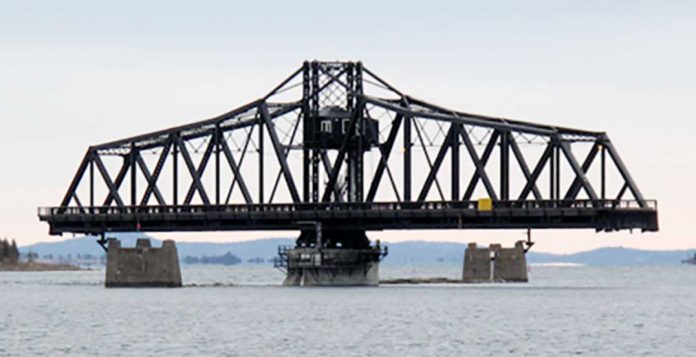What’s so special about islands? They are, of course, surrounded by water—which gives them a certain separation and sense of definition.
They are more or less difficult to get to, and thus tend to be less travelled and more natural. They are often slightly behind the time and seem to operate at a slower pace, offering peacefulness and tranquility. They have a relatively great amount of coastline, which gives them a relatively great amount of beauty.
They have definite boundaries, creating a sense of place. They often have a smallish population, a unique history, and a substantial number of shared interests. Islands tend to think and act as communities.
Although there is something ineffable about exactly why, islands are different. Perhaps it’s the air—if not the water. Whatever the case, anyone visiting an island feels the difference as soon as a foot touches shore. On an island you are somewhat removed to someplace special.
So what’s the best way to think about islands? According to Christian Pleijel, chair of the Nordic Archipelago Cooperation in the Baltic Sea and former Director of the European Small Islands Network, there are three helpful ways:
1) the natural landscape (the island without humans), 2) the cultural landscape (what happens when we humans move in to the island, what we do, how we survive, what we need), and 3) the technical landscape (the infrastructure we build to meet our needs of transportation, energy, water, waste and overspill we produce).
These three considerations are also an important part of the thought process of the relatively young organization operating in our part of the world. The Great Lakes Islands Coalition (GLIC). GLIC is an association of year-round-occupied islands in Lakes Superior, Michigan, Huron, Erie, Ontario, and the St. Lawrence River. There are about 20 of us.
In addition to finding “island solutions to island challenges,” one of GLIC’s goals its helping Great Lakes islanders get to know each other better.
This short series of articles will provide a snapshot of some of the member islands, starting to the west and moving east. The information is taken from material placed online by member organizations at the Island Showcase, GLIC’s website hosted by Northland College. (https://www.northland.edu/sustainability/crc/great-lakes-islands/#island-showcase) You can also check out Manitoulin’s entry there, too.
Note: if you are interested in Great Lakes islands and would like to be a member of the Manitoulin GLIC team, please email member Alicia McCutcheon at editor@manitoulin.ca
Madeline Island
Located in Lake Superior just off Wisconsin’s North Coast, Madeline Island is the largest of the twenty-two Apostle Islands in the Archipelago. It is 22.5 kilometres long and almost five kilometres wide and is the only one of the islands with commercial development.
To reach Madeline Island, board one of the four steel-hulled car/passenger ferries that ply the waters between Bayfield, Wisconsin and the Island. It is a twenty-minute, four kilometre trip over crystalline waters to the Town of LaPointe, on Madeline’s southern shore. Not only is the ferry ride necessary to reach the island, it is a great scenic cruise on Lake Superior! During mid-summer days, the ferries run every half hour. Check the schedule for early morning, evening, and off-season hours of operation. Ferries typically operate from March to mid-January depending on weather conditions.
The year-round population of the Island is approximately 265, but swells to between 2,500 and 3000 when the summer residents arrive – many of whom are descendants of early Island settlers who came to log, fish, and farm, while some came just to establish a summer retreat.
While school is in session, the Island’s two-room, K-5 school has between fifteen and twenty students, while the older students travel to the mainland to attend other schools.
Islanders must adjust to seasonal changes in the mode of transportation between the Island and the mainland. The ferries operate from March through mid-January; the windsled (air-propeller driven boat) during freeze-up and break-up periods, and the “ice road” is available to travelers during the heart of winter.
Next week: Beaver Island





